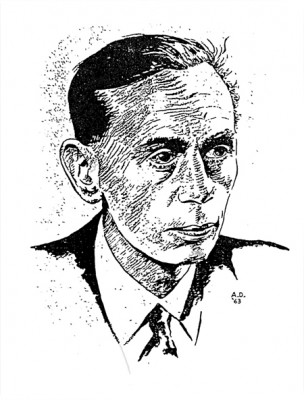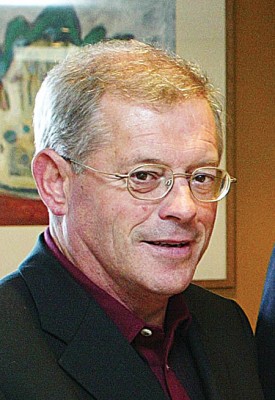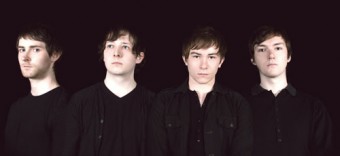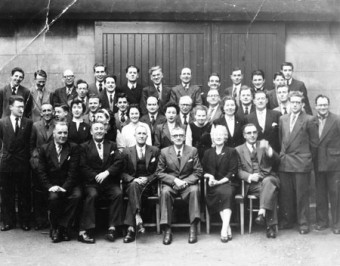Search Results for 'The Tribune'
10 results found.
Kevin Faller, Galway poet

Kevin Faller was born in the Crescent in 1920. His father was John Patrick Faller and his mother was Madeleine Quinn from Tuam. They both died within six months of each other when Kevin was very young, so he and his brother Liam were brought up by their grandfather Stephen Faller. Kevin’s aunt Minnie, who was married to Nicholas O’Halloran, also helped to rear him.
A master storyteller moves on
Every town needs its storytellers, its raconteurs who can fill a silence with a story plucked from the ether, who can use the power of words to shape situations, to create pictures in minds, to instil the emotions of laughter and to lift the tastebuds of imaginations. Every town and community needs to have an image of itself shaped through its wordsmiths who polish the mirror and hold it up to ourselves. On Tuesday night, Galway lost one of its best exponents of this art when John Cunningham passed away.
Tributes pour in for former Connacht Tribune editor

Tributes were paid yesterday to the former Connacht Tribune editor John Cunningham, who passed away on Tuesday.
The Shadow of Pádraic Ó Conaire
FAMILY FOLKLORE has it that when Pádraic Ó Conaire was broke, a fairly frequent occurrence by all accounts, he would approach the grandfather Tom ‘Cork’ Kenny, co-founder and editor of the Connaught Tribune, hoping he would publish a story in the paper and pay him.
More from the art frontline
"The more disorder there is in Cork, the more Kilkenny is thought of fondly as the land of milk, honey and contentment.
Unlocking the Codes

IRISH INDIE electronic quartet Codes have been making waves on the domestic music scene ever since they first got together three years ago.
Advertiser scores highly in Red C local newspaper survey
The Galway Advertiser has come out as the most effective newspaper for advertising in the city and county, according to a comprehensive poll carried out by the RED C polling agency.
The Connacht Tribune, one hundred years
The first issue of the Connacht Tribune was published on May 22, 1909. The newspaper was housed in Market Street, originally known as North Street (the Tribune side was known as North Street West). We know from the 1651 map that the site it occupied was originally part of the Athy Castle, also the castle belonging to the French family and part of the convent occupied by the Poor Clares. There was an underground passage from the convent running under Market Street and branching underground to St Nicholas’ Collegiate Church. This enabled the nuns who were and are an enclosed order, to attend services in the church, and to use the tunnel as a hiding place in times of persecution.
The Connacht Tribune, one hundred years

The first issue of the Connacht Tribune was published on May 22, 1909. The newspaper was housed in Market Street, originally known as North Street (the Tribune side was known as North Street West). We know from the 1651 map that the site it occupied was originally part of the Athy Castle, also the castle belonging to the French family and part of the convent occupied by the Poor Clares. There was an underground passage from the convent running under Market Street and branching underground to St Nicholas’ Collegiate Church. This enabled the nuns who were and are an enclosed order, to attend services in the church, and to use the tunnel as a hiding place in times of persecution.
Old Reynard read The Tribune
The Easter Rising on Monday April 24 1916, not only took the British authorities by surprise but also the general population of Ireland. In many places, including the town of Galway, the news that fighting had broken out in Dublin was greeted with amazement, and disbelief. Remember World War I was raging at the time. The Battle of Verdun, which was to continue until December with horrendous casualties, was at a critical stage. Its progress was extensively covered in all newspapers. Furthermore, as a result of an intensive recruiting campaign in both the town and county, there was barely a home in Galway that was not affected by the war. Young men in their thousands joined the British armed forces to defend their homeland, to protect the women of Belgium, for a sense of adventure and a decent wage; and in the words of the Irish Parliamentary Party, ‘ to win freedom for Ireland’.

